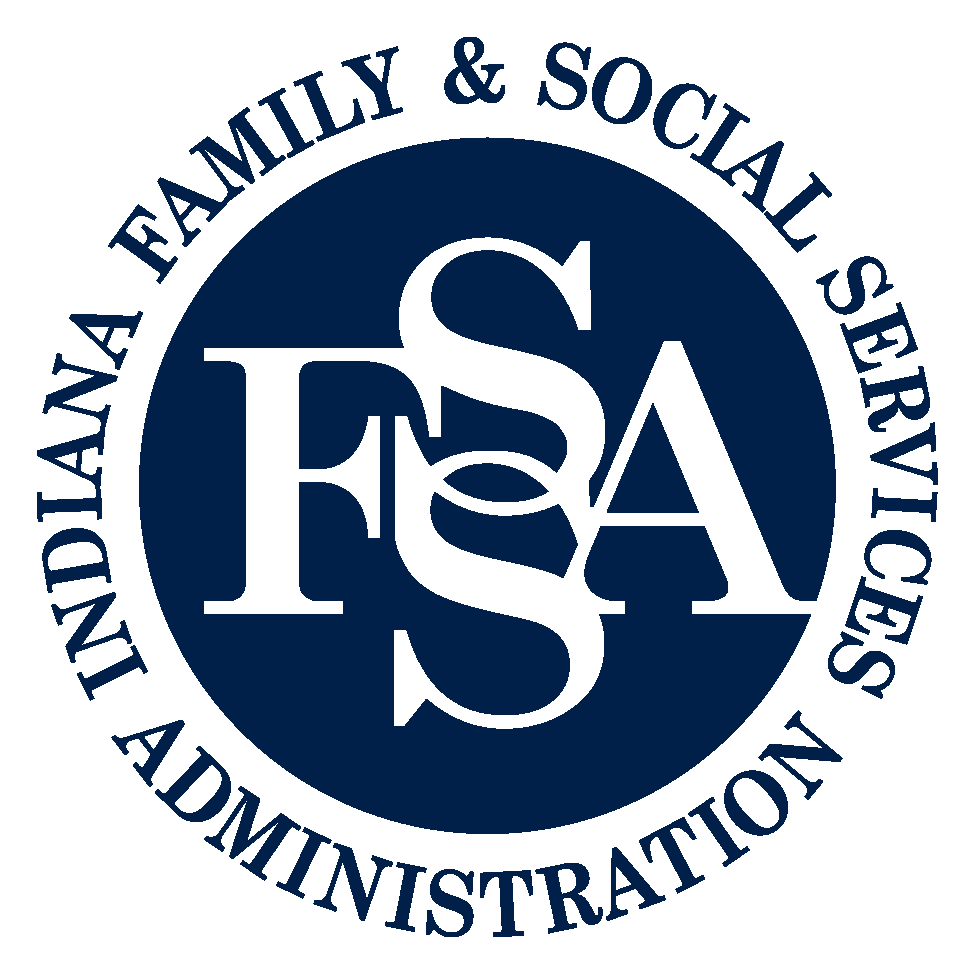Q1. Deion fell off a ladder, hitting his head and breaking his arm. He was taken to the nearest emergency room. He needed imaging and radiology services as well as surgery. Now bills are starting to come in. What is he responsible for paying? How can he get help if he's receiving bills that don't match the explanation of benefits (EOB) from his health insurance plan?
A1. For emergency care, Deion is only responsible for paying his in-network deductible, copayments, and coinsurance, even if he received services from health care providers that were not in his plan network or at a facility that was also out of network. If the bills don’t match his EOB, Deion can call his health plan first. If he is not satisfied with their response, he can contact the IDOI.
Deion should be aware that any out-of-network health care providers at the facility may ask him to consent to continuing care and to agree to pay higher amounts, but only once he is able to understand the information. Deion can decide if he wants to continue with the out-of-network provider, or switch to a provider who participates in his health plan’s network. If he stays with the out-of-network provider and consents to out-of-network billing, he will be responsible for any out-of-network deductible, copayments, or coinsurance, and for the amount the provider charges over what the insurance company pays, called the balance bill.
Q2. Bill had chest pains and went to his local hospital's emergency room. The doctors there said he had to be transported to a hospital in a major city for full treatment and he had to go by air ambulance to make it in time. Bill was flown to the larger hospital and is now doing well. Bill's wife, Nancy, has heard scary stories about air ambulance costs and is starting to worry. Are there any protections for someone who is transported by air ambulance in an emergency?
A2. If the air ambulance company has an in-network contract with Bill’s health insurance plan, then Bill will only have to pay the in-network deductible, coinsurance, or copayment. The air ambulance company will accept their contracted amount as payment in full.
For health plans staring in 2022, the new federal law protects patients even when they are transported by an air ambulance company that does not have an in-network contract with their health insurance plan. Bill will only have to pay the deductible, copayment, or coinsurance that he would have to pay if the air ambulance were in-network. Federal law will help the air ambulance company and the health insurance company determine how to pay the rest of the bill.
Q3. Elena is scheduled for a biopsy. Her hospital and surgeon are in-network with her health plan, however the hospital uses anesthesiologists and pathologists that are not in-network. Does this mean everything will be covered as in-network, or could she have some unexpected charges?
A3. Surgery for a biopsy can involve health care providers that you don’t get to choose, such as an anesthesiologist and a pathologist. Starting in 2022, when Elena chooses an in-network facility and surgeon for her procedure, her out-of-pocket costs will be at the in-network rate, including the costs for any out-of-network providers she didn’t choose that participate in her care.
Q4. Hannah's family is covered under her employer health plan. Hannah's employer changed insurance companies. Hannah and her husband's doctors are in-network with the new company, but their pediatrician is not. How can they find an in-network pediatrician? Can they rely on the online provider directory for accurate information?
A4. Hannah can review her new health plan’s online provider directory or call the insurance company to get information. An insurance company may have different networks for different health plans. It is important to look at the directory for your specific health plan. Most people rely on their health plan to give them accurate information about in-network health care providers.
Starting in 2022, health care providers must regularly update their information with insurance companies. In turn, insurance companies must verify the information in their provider directories is complete.
If Hannah calls the insurance company to ask for a list of in-network pediatricians, the insurance company has one business day to give her a list. If Hannah relies on inaccurate information from the insurance company that a provider is in-network, then Hannah will be responsible only for the in-network deductible, copayment, or coinsurance.
